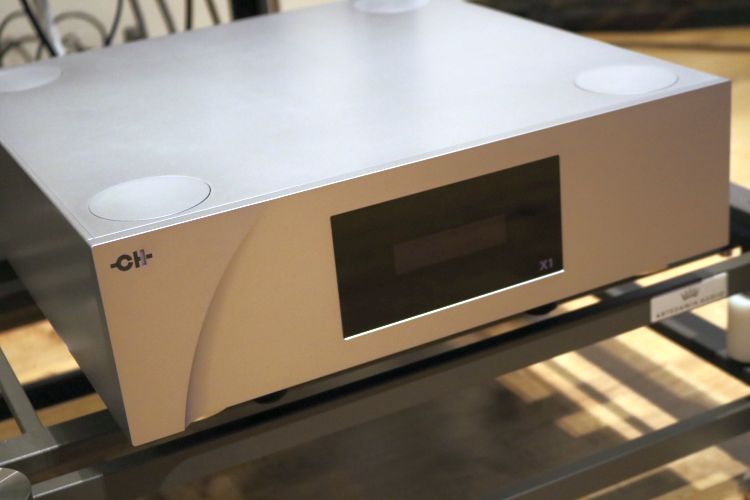
Review sample supplied by CH Precision
Retail Prices in the EU (incl 21% VAT):
X1 with one Regulator board: approx 16.000 euro
Extra Regulator board: approx 3800 euro
In my opinion, CH Precision makes some of the most lust-inducing audio components. As a very content user, I can confirm that the lure of adding more of their components is always around the corner. Alas, at this price level, adding more components necessitates the vigorous setting of priorities as well as a very healthy bank account.
Fortunately, the X1 is priced at roughly half the price of any other CH Product. And it gets better: with the addition of another Regulator Board, the X1 can power not one but two CH products. While still not changing hands for pocket change, the X1 definitely is a relatively cost-effective unit to add, certainly in light of the average cost of CH-ownership. And, as the below will illustrate, that makes it something of a no-brainer.
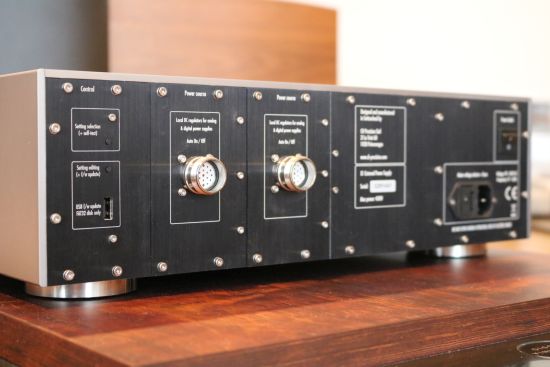
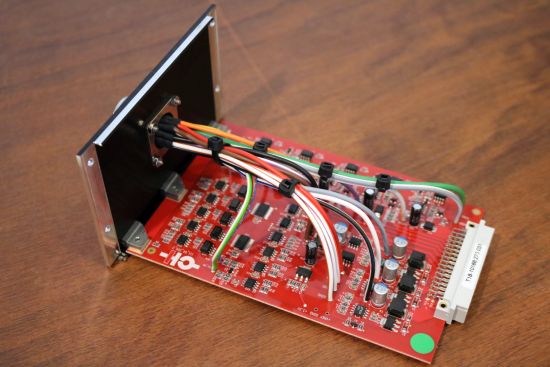
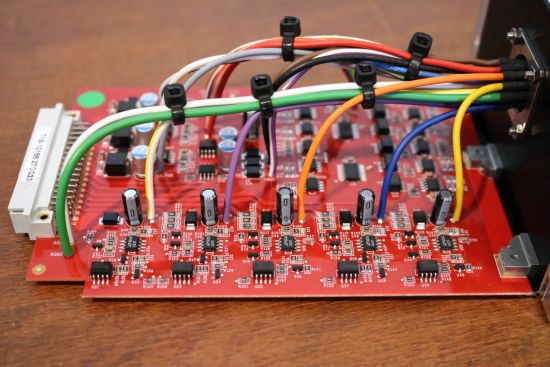
Technical
The X1 is an ultra-low-noise, high-current, DC-regulated external power supply capable of powering up to two CH Precision units. It provides no less than 7 separate DC voltages via a thick yet supple 2-meter DC cable with very solid and lockable 19-pole M23 connectors.
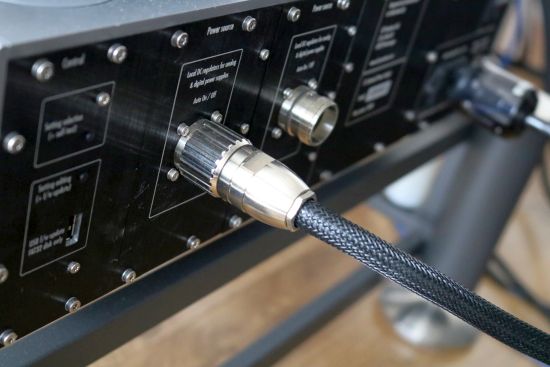
Below is part of the information lifted from the brochure.
“The critical circuits in an audio system run on DC voltage. The level of that voltage needs to be precise and the level of residual noise it carries needs to be as low as possible. All CH Precision components contain sophisticated power supplies with extensive local DC regulation. But this is one field in which you can never put too much protection between the signal path and the noisy, RF polluted and mechanically intrusive AC supply.
The X1 External Power Supply is an ultra-low noise, discrete and fully regulated linear power supply, delivering an ultra-stable and super clean DC feed to other CH Precision products. It contains massive amounts of noise filtering as well as an additional stage of power supply regulation that works in conjunction with the onboard regulation built into the connected unit, in order to increase DC stability and further reduce noise to a vanishingly low level”.
The X1 has two oversized power transformers dedicated to the digital and analog power supply sections of the connected units with a dedicated mains filter for each transformer’s primary winding. Its onboard regulation cascades with the regulation inside the component that it powers for superior noise rejection while allowing the connected unit’s mains transformer and rectifier to be powered down to reduce electromagnetic noise and spurious mechanical interference within the audio chassis. Built-in is automatic monitoring and protection from over- and under-voltage as well as from over-current.
Unlike every other CH-product, the X1 has few user-selectable settings. For starters, there is no power switch. The unit simply switches on and off automatically when it detects that its host has been switched on or off. On the rear panel, there are 2 push-buttons for configuration. With these buttons and the front panel OLED display, one can adjust the display brightness, select display auto-switch off, change the power led mode and view the firmware version. That’s it – easy peasy!
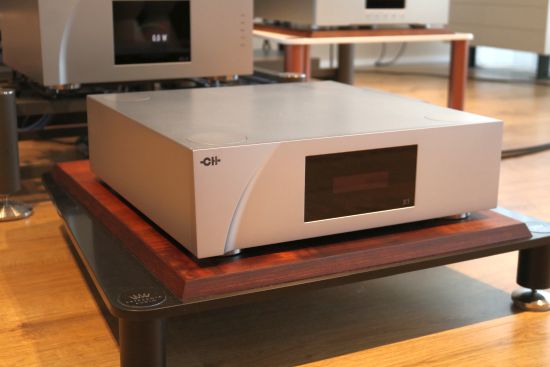
It looks gorgeous on the Artesania “Organic Line” Modular floor platform…
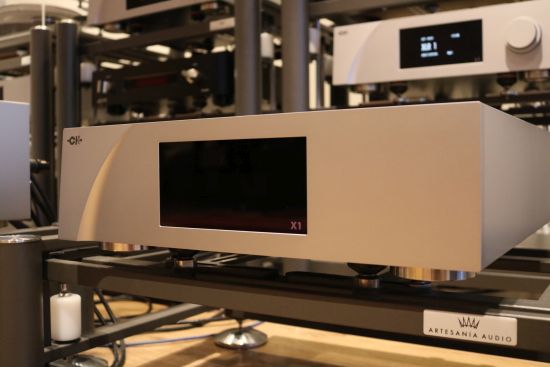
…but in order to create absolutely equal circumstances compared to the CH products that it was going to power, the X1 was positioned on an Artesania Aire platform with Carbon Fiber Linear Arms.
The X1 is compatible with all CH Precision source products (only the power amps do not apply) and the unit can run either one or two products. As such, the X1 is also a crucial element in CH Precision’s scalable system topology where one can upgrade each existing product towards a true dual-mono signal chassis configuration, using one X1 output or even a dedicated X1 for each unit.
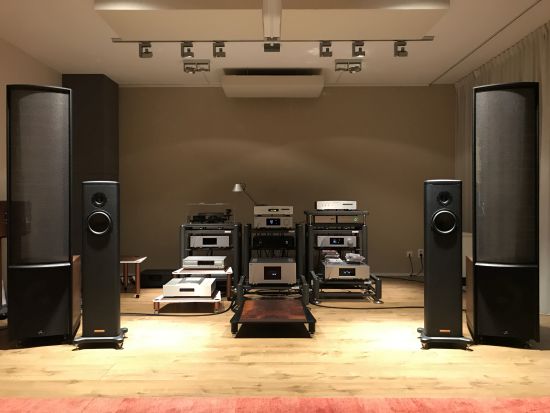
Testing Method
To precisely assess the benefits of the X1 in relation to other CH-products, I will connect it to the L1 preamplifier and C1 DAC separately and report on the individual results. After that, I will connect both components simultaneously to hear the combined effect on the system. The sources for this review are the Antipodes CX music server connected directly to the C1’s RoonReady Ethernet_IN_HD board and the Aqua La Diva CD player. The speakers used are the Martin Logan ESL15A’s.
Adding the X1 to the C1
For this portion of the review, I started with the C1 connected directly to the A1.5 power amplifier, leaving the L1 preamp on the side for now.
I have encountered upgrades and add-ons that provide only a subtle improvement and those that really only incur differences rather than actual improvements. But the X1 truly is something else! Adding the X1 to the C1 made for an immediate and very large improvement. One might ask how this is possible, given how elaborate the C1’s power supply already is and how great it already sounds. The answer, according to CH is that “you can never put too much protection between the signal path and the noisy, RF polluted and mechanically intrusive AC supply”. Ok, I’ll just take that as a given and let my ears be the judge.
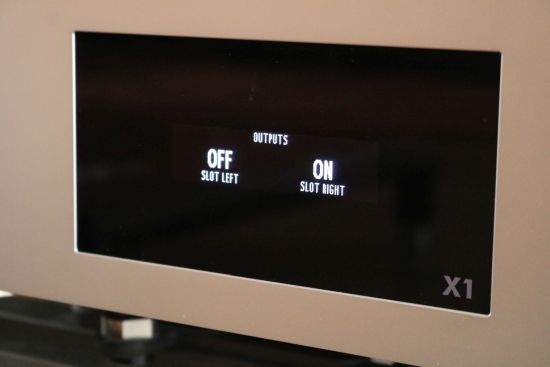
Above: the X1’s display shows which of its outputs is actively being used. Below: the X1-powered component shows evidence of this in the bottom right corner.
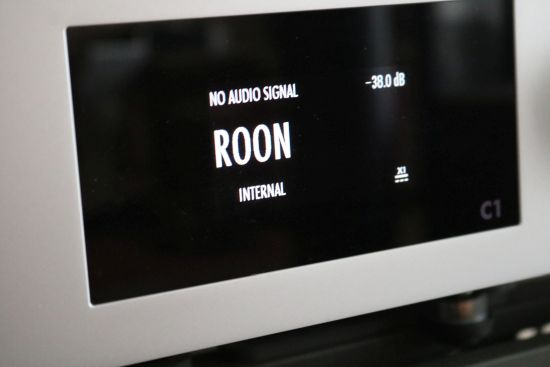
So what are these improvements that I am raving about? Well, basically everything improves. It’s a bit ridiculous, really, and I think I actually had my chin fall to the floor at some point during the first track.
For starters, the soundstage becomes considerably more spacious in all directions. It’s wider and deeper and more room-filling but it also wraps around my head more convincingly than without the X1. This is no artificial depth, no blown-up effect but the unit is simply enhancing whatever depth is registered in the recording. The C1 just by itself can certainly also project backward and forward but with a reduced throw and less majestically than with help from the X1.
The bass gains even more authority and is now positively growling. The overall presentation becomes slightly more relaxed and a little warmer with a considerably richer midrange. The DAC’s timbre was already first-rate but added now is a new sense of organic composure that is guaranteed to agree with even those who otherwise found CH a little too clean-sounding.
The treble with the X1 is smoother (less dry) but remains every bit as accurate. Better still, the overall definition has actually even improved. Especially subtle reverbs and natural decays are now clearer and linger for longer. Snare drum whacks, for instance, appear as better isolated in space and more fully developed. One can now more clearly discern the initial whack followed by the sound developing harmonically and finally the seemingly everlasting decay. Overall, I wouldn’t say that the transients themselves are more immediate or the overall dynamic impact is any different with the X1 in place but because everything is laid out more separately you can hear more of the subtleties within the mix, the performances become more dramatic and therefore more exciting.
What is really comforting is that although many aspects of the C1’s performance are enhanced with the X1 in place, the DAC’s overall character remains intact. With or without the X1, the C1 has the powerful, sonorous, full-blooded, well-detailed yet non-edgy character that made it end up permanently in my reference setup.
Going back to the C1 by itself, the sound is now quite dry and matter-of-fact but I still like its energetic bounce and direct purity. Yes, the solo C1 is considerably less organic than with the X1, but this does not mean that its performance is suddenly invalidated. After all, the C1 has been my reference DAC ever since I reviewed it and it is still the best DAC I have heard. It may well be one of the planet’s very best DACs even without the X1. That said, what I cannot get over is how much flatter the sound stage is without the X1. No matter how lively and direct it still is on its own, somehow, the performances do seem greyed out a little. And that is something that will take some time to get used to it again!
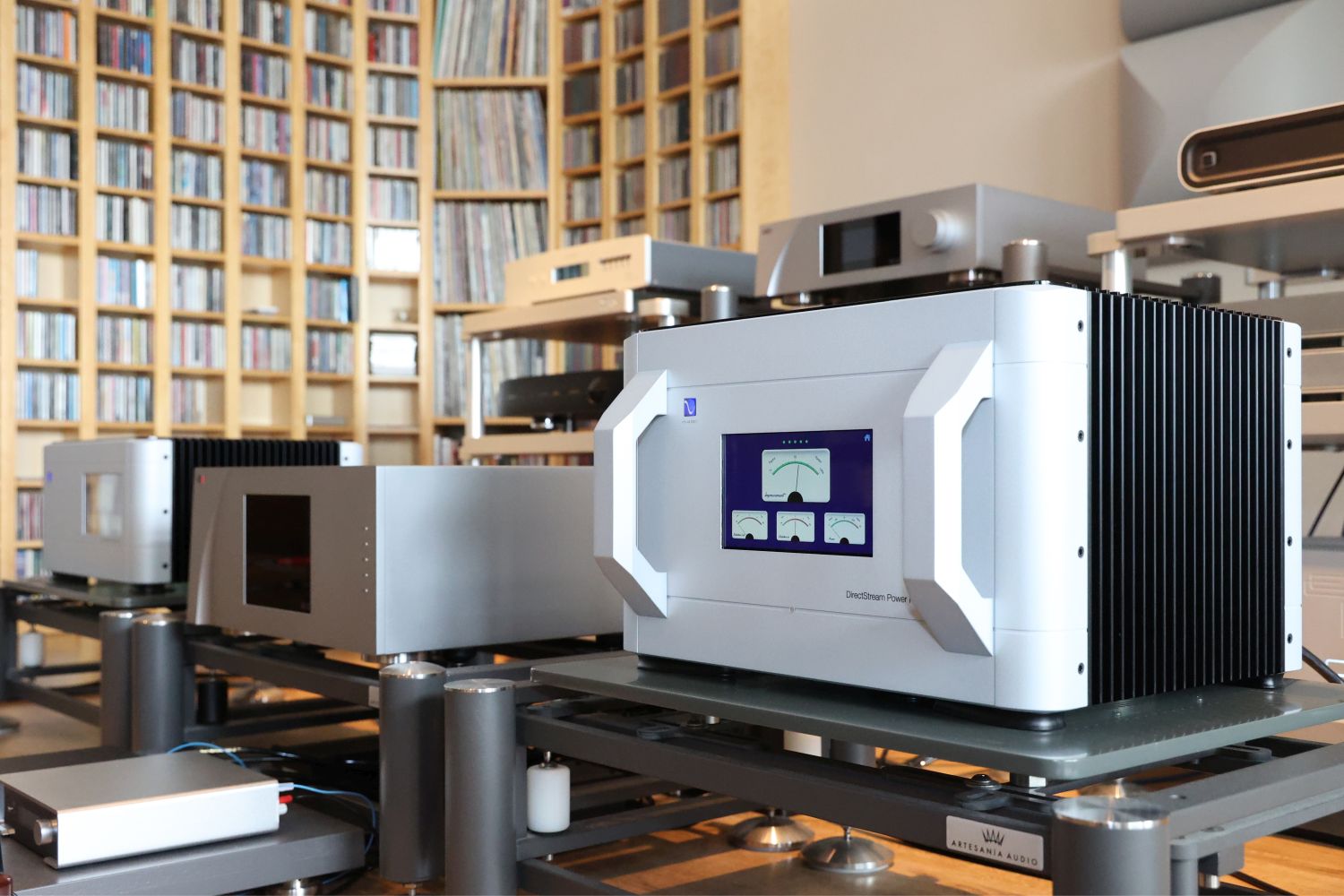


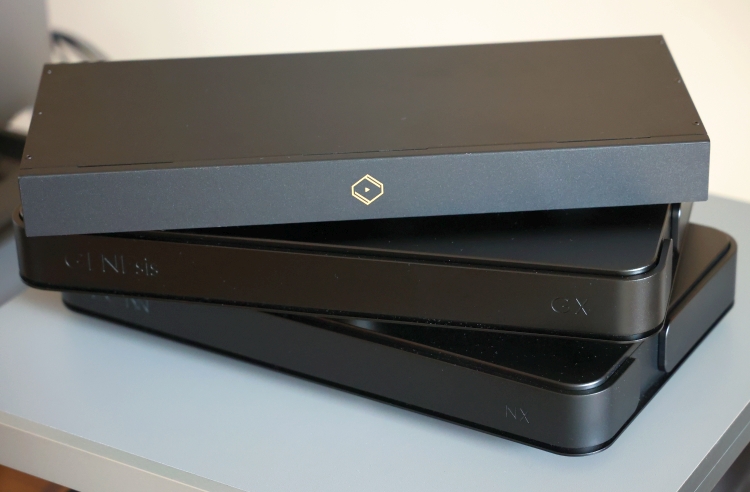
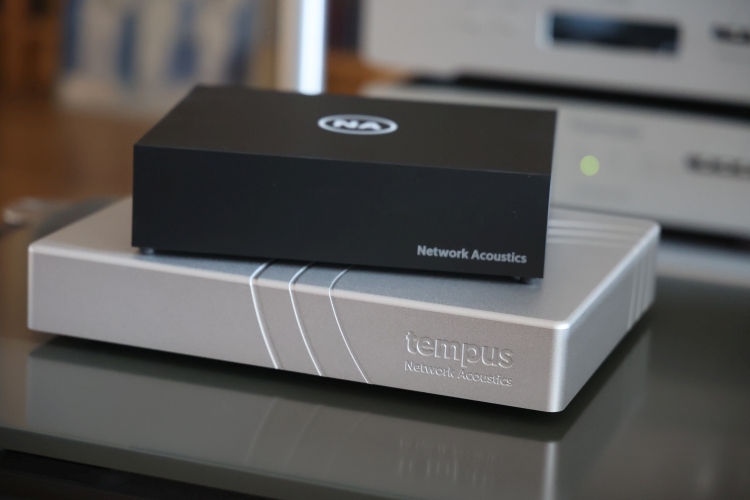

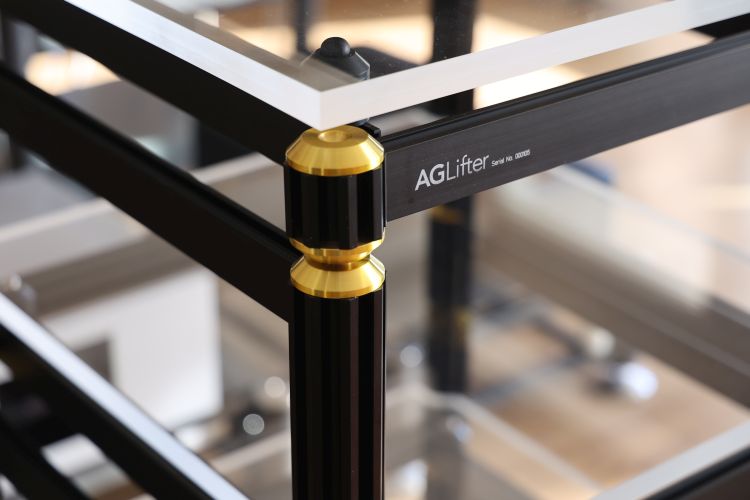
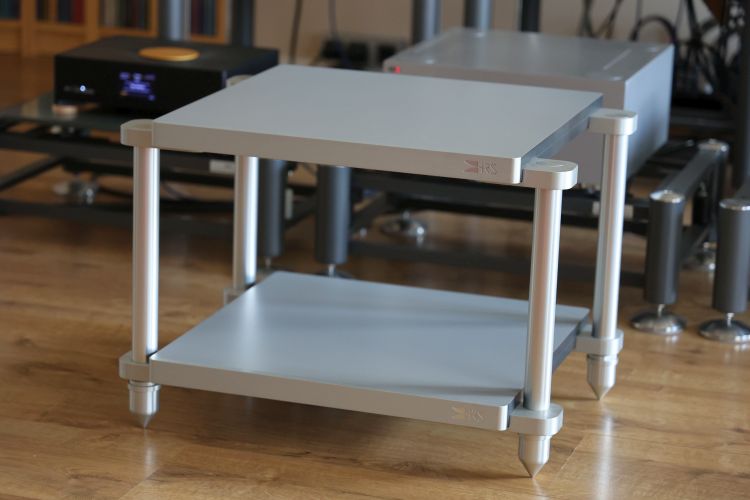
Christian, great review as always. So if you had to choose just one component to add to the C1, would you add the X1 or L1?
Wow, that’s an almost impossible question, I’m afraid. It depends on so many factors. Strictly speaking, the choice would be between A: expanding the connectivity and allowing full resolution at all listening levels (which really does help when listening at low levels) and B: making the sound harmonically richer and more liquid while deepening the soundstaging. The choice between these two would come down to how your sound is now and what your desires are.
If you’re asking me in regards to my current system, I’d say the L1 because it adds a lot of connectivity, for instance, to use several DACs. Personally, I am probably a minority for using more than a single DAC but as a reviewer, that is crucial functionality.
I don’t intend adding any other components so connectivity (L1) isn’t that important. Likewise, I don’t usually listen at low volume levels, usually around -40 to -50.
Based purely on the sound you get from either component, where would your money be spent
-40 or -50 is actually quite a lot to attenuate digitally. However, the C1 has 3 analog volume ranges but I don’t know off the top of my head where they switch and whether or not you are losing a lot of resolution at these settings.
Strictly speaking, for a purely digital system and if you’re not concerned about the resolution, the X1 makes more sense. This would be my preferred choice if I was only looking to enhance the sound quality in my system.
However…
The L1 and X1 do very different things for the sound and that ultimately makes it an impossible choice. If I choose one or the other then that pertains to my system and my personal preferences, not necessarily yours. Therefore, I maintain that the choice between these two comes down to how you perceive your sound now and what you want to steer it toward. Only you can make that decision.
Dear Mr Punter, I value your reviews very high. Can you tell what power cords you used? Does the quality of the power chords matter? For the C1 two power cable connections are needed, is the quality of the cord connected to the wall outlet used for basic functions of great importance?
My default cables are Belden 19364 with Bals Schuko and Oyaide C-004 IEC and these are also the cables that I used for this CH review. Alas, you pose a valid question and logic would dictate that the C1 cable will be less important once the X1 takes care of the audio circuits but I did not experiment with this. The Oyaide connector is a little costly but the Belden is quite inexpensive, and from a gut feeling, I would just use two identical cables.
Hello,
From sound point of view what is the difference between:
– X1 for Dac & Phono stage CH Precision
or
– 1 X1 for the Dac & 1 X1 for Phono stage CH Precision
Thanks for your help.
Hi Pat, I have not tried the X1 with the P1 phono stage, nor have I got any experience using two X1s at the same time. But deducting from my experiences with the L1 and C1, I can say that a single X1 will also already yield a great result even when powering two CH components. I can only imagine the further increases when using two dedicated X1’s. The theoretical advantage is clear: two entirely separate power supplies (including transformer, buffering, etc), whereas an X1’s dual outputs only have separate regulation stages.